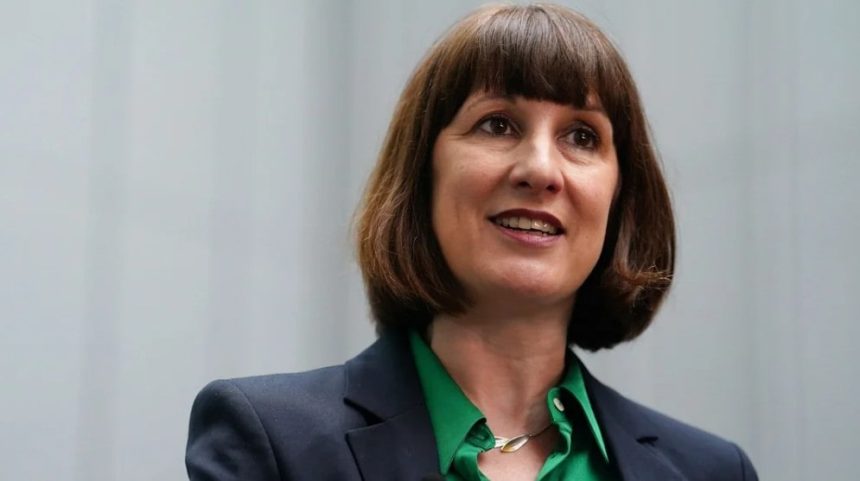A government body created to curb wasteful spending is set to close later this year, just 12 months after its launch, leaving taxpayers with a £1.6 million bill.
The Office for Value for Money (OVfM), introduced by Chancellor Rachel Reeves in her first Budget, was meant to root out inefficiencies and ensure responsible government expenditure.
But the Treasury has confirmed it will be scrapped by October, despite the initial fanfare and a promise to improve financial accountability.
A Short-Lived Legacy
Established with the aim of analysing government spending and improving value for taxpayers, the OVfM was pitched as a game-changer in public financial management.
The Treasury insists the body has achieved its mission, claiming it has delivered £14 billion in annual efficiencies. Officials say the OVfM will “leave a legacy of concrete improvements to value for money.”
But the cost of that legacy isn’t insignificant. The OVfM has been granted a budget of just over £1 million for the period from April to October 2025, on top of the £600,000 allocated from October 2024 to March this year.
“For too long, taxpayer money has been squandered, and we are putting an end to it. The Office for Value for Money was set up as a unique, time-limited body to place value for money at the heart of spending decisions,” said an HM Treasury spokesman.
The majority of the budget covered salaries for the small team of 15, including hefty pay for its chair, David Goldstone, who earned £950 per day for a part-time role typically working just one day a week. Expenses also included travel between London and the Treasury’s Darlington Economic Campus.
Mixed Reviews and Ongoing Scrutiny
From the outset, the OVfM faced harsh criticism. Back in January, MPs warned the Chancellor that the body risked becoming a money sink itself. A Treasury select committee report labelled the organisation an “understaffed, poorly defined organisation.”
David Goldstone’s appointment also raised eyebrows. He has ties to a string of overspending public initiatives, including the 2012 Olympics, HS2, and the restoration of the Houses of Parliament.
His ongoing roles with HS2 and the Submarine Delivery Agency meant he couldn’t oversee spending for those projects due to potential conflicts of interest despite their ballooning costs.
No Extension, No Revival
While the OVfM was always intended as a one-year initiative with the possibility of extension, Treasury sources have confirmed that no extension will be granted. The decision appears final.
According to officials, Mr Goldstone’s remit was to engage with Civil Service leaders and advise ministers ahead of the July Spending Review. The goal was to drive efficiency reforms and deliver strategic advice on tackling high-risk spending areas.
“Alongside the £14bn of efficiencies, it has published findings in the 10 Year Infrastructure Strategy from two value for money studies that will improve delivery of high-risk areas of public spending, and agreed several reforms to the spending framework. The government has committed to taking [these reforms] forward,” said the Treasury.
A short-term fix or a symbolic gesture?
The OVfM’s rapid rise and fall have prompted debate about whether the body was truly an effective watchdog—or simply a well-branded political move.
As taxpayers foot the £1.6 million bill, questions linger about how value for money is defined—and who decides when it’s truly been delivered.






